The GetNativeOffset method of stackframe does it.
With the somewhat surprising result that values for string and integer specializations are the same, and different for Guid.

Here is a better method, which retrieves the actual EIP register value. I found the assembly bits here, and adjusted it for the question at hand.
using ByteToFunc;
using System;
using System.Linq;
using System.Reflection;
using System.Runtime.CompilerServices;
namespace eip
{
internal class Program
{
private static void Main(string[] args)
{
var vals = Sample.GenericMethod("Nibbles");
var valg = Sample.GenericMethod(Guid.NewGuid());
var vali = Sample.GenericMethod(42);
Console.ReadLine();
}
}
public class Sample
{
/* trap values: bad beef is bad food */
public static int[] EipEspEbpEsiEdiEbxHolder = new[] { 0xBADF00D, 0xBADBEEF, 0xBADF00D, 0xBADBEEF, 0xBADF00D, 0xBADBEEF };
public static int GenericMethod<T>(T input)
{
//How can I get the current memory address
var subjectAddress = GetAddress(nameof(Sample.SubjectMethod));
var holderAddress = GetEipEspEbpEsiEdiEbxHolder();
var captureRegisters = FuncGenerator.Generate<Action<int>, ActionInt>(
new byte[0].Concat(new byte[]
{
0xE8, 0x1C, 0x00, 0x00, 0x00 // call 28
})
.Concat(new byte[]
{
// save EIP, ESP, EBP, ESI, EDI to temp array
0x83, 0xC0, 0x1B, // add eax,0x1B (27 bytes)
0x89, 0x02, // mov DWORD PTR [edx],eax
0x89, 0x62, 0x04, // mov DWORD PTR [edx+0x4],esp
0x89, 0x6A, 0x08, // mov DWORD PTR [edx+0x8],ebp
0x89, 0x72, 0x0C, // mov DWORD PTR [edx+0xc],esi
0x89, 0x7A, 0x10, // mov DWORD PTR [edx+0x10],edi
0x89, 0x5A, 0x14, // mov DWORD PTR [edx+0x14],ebx
})
.Concat(new byte[]
{
0xB8, // mov eax
})
.Concat(subjectAddress)
.Concat(new byte[]
{
0xFF, 0xD0 // call eax
})
.Concat(new byte[]
{
0xC3 //retn
})
.Concat(new byte[]
{
// Helper function for getting EIP as it is inaccessible directly on x86_32
0x8B, 0x04, 0x24, // mov eax,DWORD PTR [esp]
0xC3 //retn
})
.ToArray()
);
captureRegisters(holderAddress);
Console.WriteLine($"EIP = { EipEspEbpEsiEdiEbxHolder[0].ToString("X") }");
return 5;
}
public static int SubjectMethod()
{
return 5;
}
private static int GetEipEspEbpEsiEdiEbxHolder()
{
unsafe
{
var typedReference = __makeref(EipEspEbpEsiEdiEbxHolder);
int* fieldAddress = (int*)*(int*)*(int*)&typedReference;
return (int)fieldAddress + 8;
}
}
private static byte[] GetAddress(string name)
{
return BitConverter.GetBytes((int)GetRawAddress(name)).ToArray();
}
private static IntPtr GetRawAddress(string name)
{
var methodHandle = typeof(Sample).GetMethod(name, BindingFlags.Public | BindingFlags.Static | BindingFlags.Instance).MethodHandle;
RuntimeHelpers.PrepareMethod(methodHandle);
return methodHandle.GetFunctionPointer();
}
}
}
To compile and run, you can use a simple Console project, and add the FuncGenerator class by afish from here: https://gist.github.com/afish/8fd6cf8f8c196901b5e1a5ee1000ee68
Result: three different values for EIP, which should be expected.


